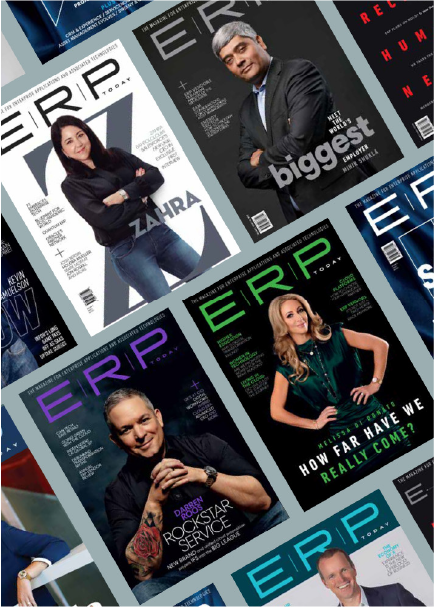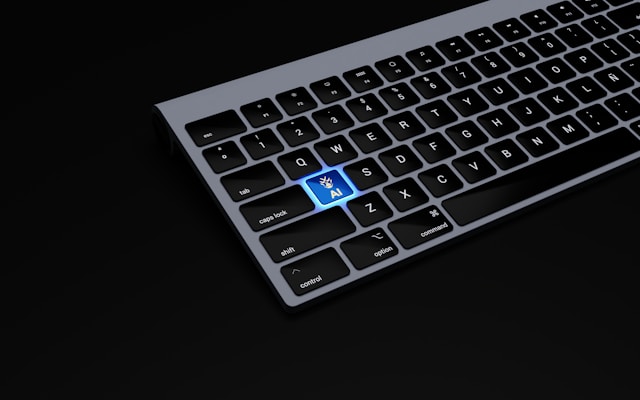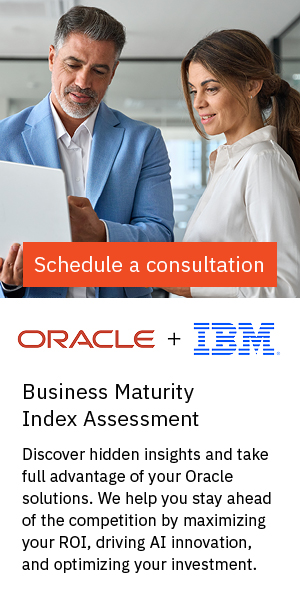Verisk, the global data analytics leader, has completed a sweeping transformation of its core HR and finance operations, retiring a 26-year-old legacy PeopleSoft system and shifting to Oracle Fusion Cloud HCM and Financials—all within just 18 months. The effort, delivered in close partnership with IBM Consulting and Oracle, exemplifies how technology providers and enterprises can work together to drive business agility, data unification, and AI readiness at scale.
The initiative was more than a system upgrade. It was a foundational transformation. “What we had was a legacy PeopleSoft environment, which we had on-prem for 26 years,” said Charles Morgan, Vice President of Finance and HR Transformation at Verisk. “From the general ledger and subledgers to planning and consolidation—everything is now built into one model that can interact with our HR records.”
A Hybrid Methodology and a Bold Scope
The implementation was executed using a hybrid agile-waterfall methodology, enabling early feedback loops while maintaining disciplined execution. Gokul Hareendran, Partner, Financial Services IBM, emphasized the flexibility of this approach: “One thing that really works in this particular methodology is that we were able to iterate early in the project. We put prototypes in front of stakeholders so they can make recommendations.”
This method helped Verisk manage the massive scope of the program. “It was a very broad scope program, and it was done in a very, very short time frame,” said Morgan. “That’s why we call the session ‘Everything, Everywhere, All at Once.’”
IBM led the global design effort in Q3 of 2023, which Hareendran described as a critical success factor. “What was key to this 18-month on-time delivery was the global design and complete alignment with executives,” he said. Morgan echoed this, noting that executive buy-in was pivotal: “The CFO, CHRO, and CIO were all key sponsors. That top-down support was absolutely critical.”
Data Control, Security, and Shared Services
Data standardization and control were central to the initiative. “The key one for me was getting control of the data,” Morgan stated. IBM supported Verisk in conducting deep data analysis between HR and finance. “We wanted to standardize several things—jobs, salary structures, customers, invoices,” said Hareendran. “Because as we all know, garbage in, garbage out.”
Security was rearchitected from the ground up using Oracle’s advanced controls. “We really moved from a model where everyone got what they kind of needed,” said Morgan. “Now we have defined personas based on roles.” Hareendran added, “Security was predictable—no surprises at the end of the project.”
In tandem, Verisk launched a Shared Services Center to consolidate transactional work across acquired businesses. “We used the creation of that shared service center to create capacity, which then allowed us to have people focus on the implementation,” Morgan explained.
Change Management and User Engagement
User adoption was prioritized from the outset. “To embark on a change like this and introduce manager self-service, employee self-service requires a lot of early-on engagement,” said Hareendran. Verisk included end users in the design phase, held global town halls, and invested in a digital adoption platform.
Change management was deliberately protected in the budget. “Don’t forget change management,” Hareendran warned. “It’s an easy thing to forget when the budgets get tight. We really lent into it.”
AI-powered Future: Oracle and IBM Join Forces
With the cloud platform live, Verisk is already looking ahead. The next chapter includes AI agent integration powered by Oracle’s AI product stack and IBM watsonx—both deployed on Oracle Cloud Infrastructure (OCI).
“We’re leveraging IBM’s watsonx,” Morgan shared. “We’ve gone through a complete global recalibration of our people. We now want standardized job descriptions, standardized career paths… That’s where we’re using Watson X.”
Oracle’s Erik Bergenholtz, VP of Strategy and Operations of AI, described the evolving agent landscape: “We’re seeing an acceleration in agent capabilities, from basic chatbots to learning agents, and next, autonomous agents.” He noted Oracle’s own AI success: “Today, 60% of our support cases are deflected by agents, and our customer satisfaction is going up.”
Verisk plans to harness these capabilities across functions. “The opportunity for us is to continue to consume more and more of the agents that come along,” said Morgan. “The challenge is keeping all of these agents aligned and have that be interoperable across the different facets of the business.”
A Foundation for Long-term Value
The business case for Verisk’s transformation was built primarily around operational efficiency. “It’s much easier to build the business case on efficiencies—retiring other platforms, reducing regression testing,” Morgan explained. Benefits already realized include improved procurement, faster product launches, and a stronger foundation for analytics.
But for Verisk, this go-live is just the beginning. “When we say we went live at the beginning of this year, we think of that as the end of the beginning,” said Morgan. “Now, we’re excited about what comes next.”
What This Means for ERP Insiders
Unifying HR and finance in the cloud drives tangible efficiency gains. Verisk replaced its 26-year-old PeopleSoft system with Oracle Fusion Cloud HCM and Financials, integrating general ledger, subledgers, payroll, and planning into a single operational model. This shift allowed the company to retire legacy tools, automate manual tasks, and improve real-time analytics across finance and HR. According to a recent Oracle customer success report, organizations that unify finance and HR on Fusion Cloud reduce manual processes by up to 30% and shorten financial close times by 20–40%. Technology leaders should align cloud migrations around shared data models and processes to unlock similar efficiency gains, starting with a global design phase to ensure standardization and executive sponsorship.
Enterprise AI adoption depends on cross-platform interoperability. Verisk is combining Oracle’s embedded AI agents with IBM Watson X to drive intelligent automation across finance and HR, from procure-to-pay processing to standardizing job frameworks. As AI agents evolve from reactive to learning and autonomous models, Verisk is prioritizing agent interoperability across platforms to avoid siloed deployments. According to Accenture, companies that integrate AI across business systems see up to 50% faster process execution and 35% higher forecasting accuracy, but only when AI tools are deeply embedded and cross-functional. Tech leaders should build on extensible platforms like Oracle Cloud Infrastructure that support multi-vendor AI and plan governance models to manage agent collaboration across business units.
Change management and end-user engagement are critical to ERP success. Verisk’s successful go-live was supported by a Shared Services Center and a change program that included early user involvement, digital training tools, and global town halls. Using IBM’s hybrid agile-waterfall approach and Oracle’s adoption technologies, Verisk aligned stakeholders at all levels and minimized disruption during the transition to self-service workflows. A 2024 Deloitte study on ERP transformation found that organizations that invest in structured change management achieve 70% higher adoption rates and are 3x more likely to meet project goals. Tech leaders should resist the temptation to trim change budgets and instead treat user enablement as a core implementation stream.






